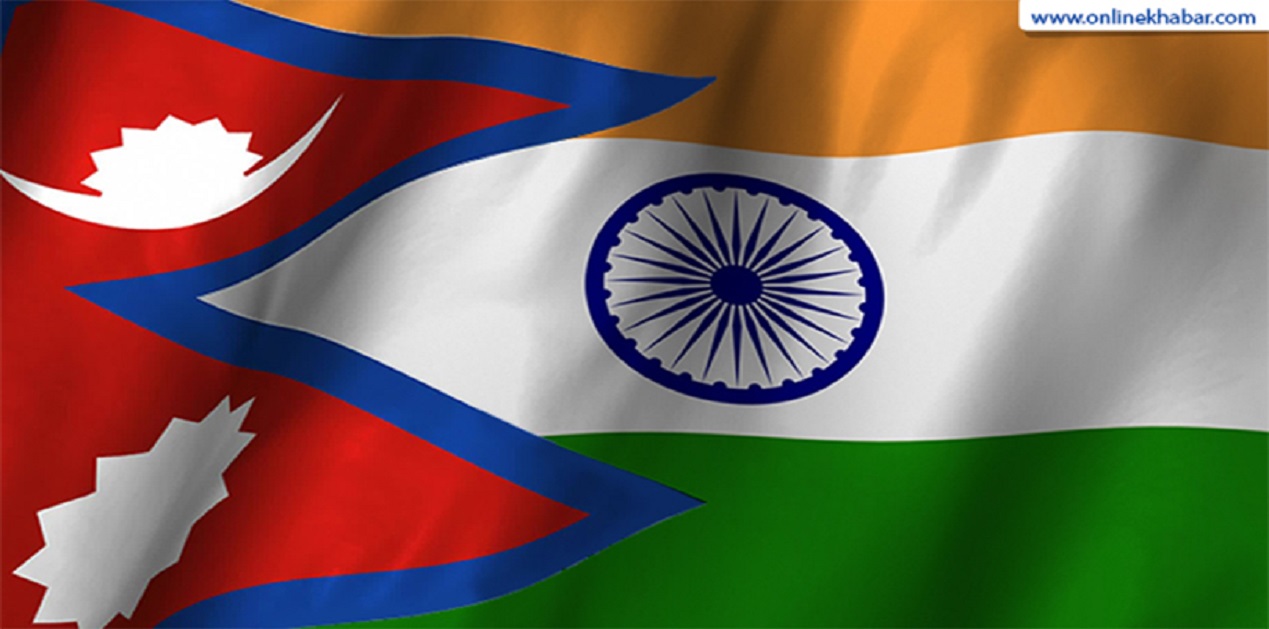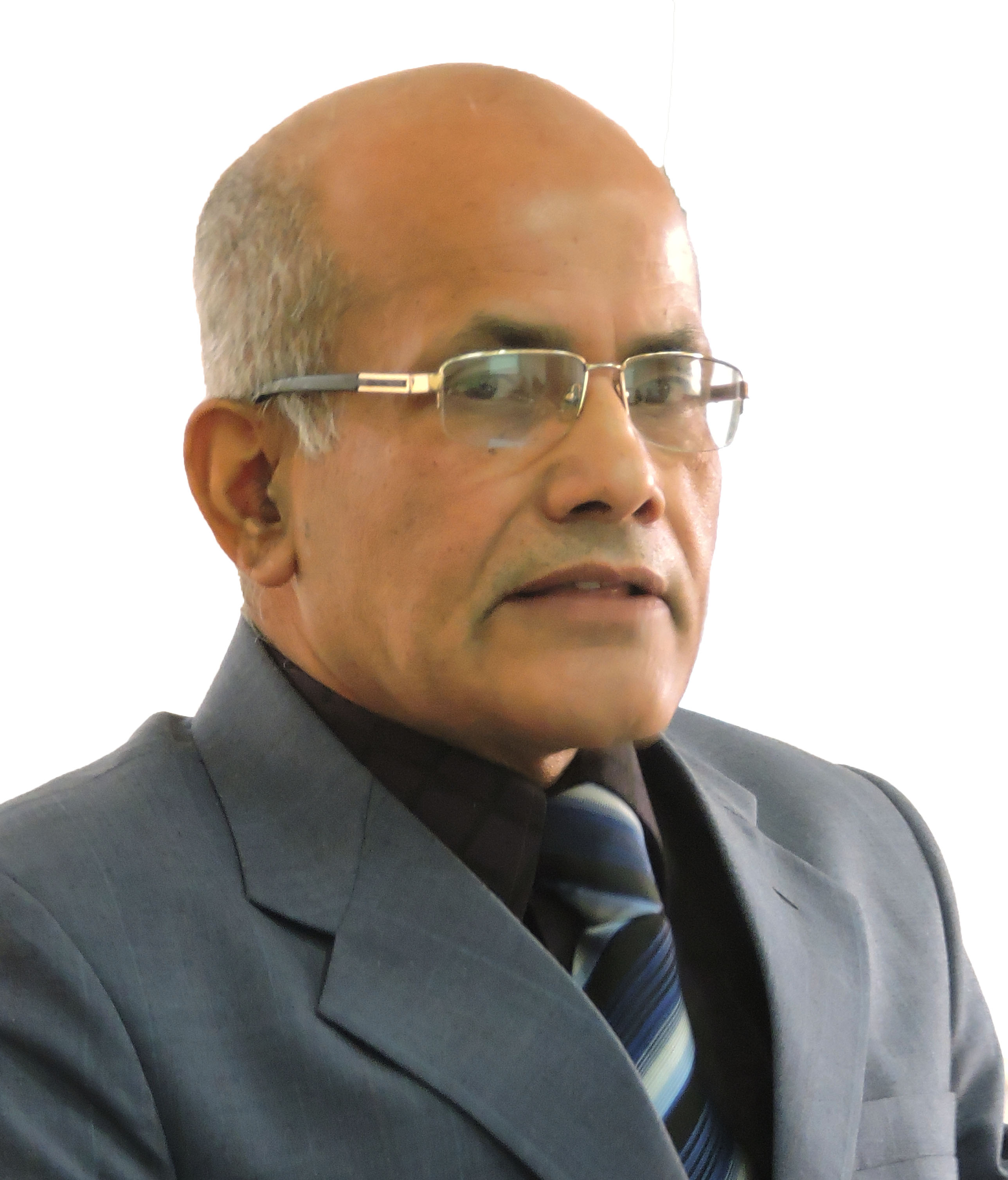The Global Impact
Never before in the history of mankind, the entire globe was affected as much by any event as coronavirus pandemic, called COVID-19. Not even World War I or World War II had made so much of impact as this pandemic has done. As many as 210 countries of the world are hardest hit by this pandemic. The movement of over half of the global population is restricted due to lockdowns imposed by most of the badly affected countries.
At the global level, until April 19, 2020, over 2.4 million people stand affected by the virus and over 165,000people have died. The fatalities caused by the virus has crossed 100,000 in Europe. In the USA alone, confirmed cases of coronavirus infections surpassed 764,000 tested +ve cases with over 40,000 deaths, the highest number in any single country in the world. Other countries that have been massively affected include Italy (23,660 deaths) followed by Spain (20,453), France (19,718), Britain (16,000 deaths), Germany (4,642 deaths)and Russia (313 deaths).
India after a slow start, faces a major challenge
As far as India, the second-most populous country in the world, is concerned, it was a bit late to start with the first infected case being reported on March 2, 2020, and the first corona death happening 23 days later on March 25. It may be recalled that China, where it all began, had by then already taken some firm measures, unfortunately with minimal transparency. However, the number of cases and the spread of the virus has been growing since, as can be seen in the tables/charts below:-
As can be seen from the above, the total number of +ve cases has hit nearly 18,000 mark and the number of deaths over 560. Understandably, the worst affected states are Maharashtra, followed by Delhi, Gujarat, Rajasthan and so on. Interestingly, Kerala in the south, wherefrom it all began, the numbers have now started stabilising on account of some excellent management efforts that are being commended.
The South Asian Perspective
Before examining the measures initiated by India to deal with this unprecedented existential challenge, a look at the table below will help appreciate the impact of the virus in the regional perspective:
As can be seen from the above, there are not many surprises in the figures. India has not done too badly and also, given the long and sparsely managed borders with both its giant neighbours, Nepal too deserves credit for containing the number of affected cases to just 31.
India unleashes war against COVID-19
Writing for the website of Yale School of Forestry and Environmental Studies, journalist Beth Gardiner appropriately wrote, “The virus has shown that if you wait until you can see the impact, it is too late to stop it.” Understanding this reality, Indian Prime Minister Narendra Modi began by ‘persuading’ the people to observe a one-day “Janata Curfew” on March 22, well in time when certain symptoms of the spread of the virus were still shaping up. Subsequently, India imposed a 21-day lockdown (LD 1) beginning from March 25but halfway through, it was realised that the numbers were growing fast and the spread too was expanding to new areas. PM Modi on April 14, further extended the lockdown period by another 19 days (LD 2), making a total of 40 days of harsh restrictions on the movement of people, goods and services up to May 3, 2020.
Expectations are that the smaller areas within badly affected districts, as determined by the State administration, could be sealed off. Keeping in view the special needs of the farming sector and the businesses/industries, the progress will be reviewed and further limited relaxation might be implemented.
About the need for clamping the (LD-1) lockdown, PM Modi had then said, “If you can’t handle these 21 days, India will go back 21 years.” In his speech on war against coronavirus, Modi not only boosted the morale of the people, but he also laid down clear directions as to how this war could be won. He reiterated the need for ‘social distancing’ and adopting different hygiene and sanitary measures as weapons to ‘cut off the chain’ and defeat the enemy.
The administration faced serious challenges in implementing LD conditions. These included massive mobilisation of manpower for deployment in every street, shopping areas, grocery/vegetables/fruit and other outlets providing essential items, interstate supply chains, closing down city entry points and state borders, regulating the flow of personnel manning essential services etc. As if these measures were not enough, there was a sudden mass movement of migrant labour from factories, farms and construction sites trying to rush back to their home states like UP, Bihar, West Bengal, Odisha, Rajasthan to name a few. Lakhs of families rendered homeless and jobless had to be sheltered, fed and even medically tested to ensure against their becoming carriers of infection to their remote villages.
Indians returning home particularly from badly affected countries had to be not only evacuated by special flights, tested and quarantined but even foreigners stuck in India had to be repatriated. All modes of public transport within cities, all interstate movements, all train services, domestic and international flights etc. were suspended and remain so till May 3, 2020.
These massive efforts needed huge mobilization of resources as well. As many as 30,000 relief camps/shelters were formed to accommodate 12.5 lakh, migrant workers. Besides, over 20,000 food camps were launched. On top of this, 75 lakh people are being provided food and 13.6 lakh workers are provided food and shelter by the employers of various entities. Nevertheless, in a country like India where the population of workers constitute 45 crores, these relief measures still fall short of the requirement.
As part of the resource mobilisation exercise, the Indian government announced a $22.6 billion economic package by providing support to the needy people through cash transfers and food security. Government of Bihar announced Rs. 1000 crore coronavirus relief fund for providing shelter and food to the workers, rickshaw pullers, roadside vendors and other poor people.
The Union Cabinet of India suspended the Local Area Development Fund assigned to each member of parliament for the local area development activities for the years 2020-21 and 2021-22. The total amount of money from this source (Rs. 7,900crores) will go the Consolidated Fund of India. Also, there will be 30 per cent cut in the pay of the President, Prime Minister, Union Ministers and MPs for a year and the amount thus mobilized will be spent on controlling coronavirus related activities. Voluntary donations from the people, business houses, philanthropic institutions too started pouring into the Central and State kitty.
On the technical/medical fronts, the challenges are huge for India to try to win this war against coronavirus. India has just around 0.5 hospitals for every 1000 population; while Italy has 3.2 hospitals and China has 4.3 hospitals. More than that, India has some of Asia’s largest slums with virtually no medical facility and public health infrastructure worth a name. Metro cities such as Mumbai, Delhi, Kolkata or Chennai are overcrowded. There are 36,155 people per square kilometre in Delhi. As far as specialized collection and testing facilities and personal protection equipment (PPE) are concerned, less said the better.
These inadequacies notwithstanding, lockdown in India seemed to be moving quite effectively atleast in terms of containing primary infections. But then all the euphoria quickly vanished in mid-March when the campaign received a severe jolt by way of coronavirus infections erupting from the Tablighi Jamaat (TJ) congregation held in the thickly populated Nizamuddin area of central Delhi. According to reports, there were over 2000 participants including international delegates from countries such as Nepal, Malaysia, Indonesia, Myanmar and Sri Lanka. In statistical terms, this gathering alone ‘doubled’ the rate of increase of coronavirus cases in India from 7.4 days to 4.1 days.
The latest update on the Indian situation is reflected in the decision of the state and federal governments to identify ‘hotspots’ and clamp down severe restrictions on movements therein as also to further extend the lockdown by another 19 days upto May 3, 2020, confirming the suspicion that the corona chain has not been broken. This had to be done since in most countries, the exponential rise in the number of +ve cases, after reaching a base figure of 10,000 infected cases, is simply disastrous.
Nepal’s Experience
Nepal and India, though closest neighbours, represent a contrasting scenario. Nepal has land borders with both India and China, one an open border and the other controlled and regulated; the two being the most populous countries in the world.
One would have normally expected some common characteristics between India’s experience and Nepal’s narrative. However, as against India’s current tally of over 18 thousand people infected by the coronavirus with over 560 deaths as on April 20, in Nepal, there are only 31 confirmed cases of coronavirus, with no deaths from this disease. Nepal is in the second stage of coronavirus like India where community transmission of infection has not yet happened as far as official position is concerned.
What did Nepal do to deal with the spread of coronavirus? Nepal also, like India, announced nation-wide lockdown from March 24th for a week until March 31st, which was extended first to April 7, then to April 15, and further to April 27 in a way, aligning its efforts with India’s. Nepal too focussed on social distancing measures and also to personal and environmental hygiene.
Besides, the government of Nepal took some key measures such as suspension of cross border people’s movement through Nepal-India as well as Nepal-China borders. To provide relief packages, the local bodies in the country were asked to collect the details of the labourers engaged in the informal sector. The employers in the formal sector were, like in India, asked to pay wages and salaries to employees. Certain discounts were also offered to domestic consumers for the use of electricity. The medics and staff offering services to the coronavirus affected persons were given insurance coverage of 2.5 million Nepalese rupees. For the tenants working in the informal sector, the house owners were asked not to take rent for one month. Similarly, private schools were asked not to take fees from the students for one month. All these measures seemed well-aligned with Indian decisions on these issues.
Some irritants-similar concerns
The Terai region of Nepal that borders with Indian states of Bihar, Bengal and Uttar Pradesh are most densely populated. Thousands of migrant workers of Nepal have returned from India, Qatar and other countries. Many Chinese tourists are reported to have visited Nepal after the outbreak of coronavirus in that country. Apart from that, many of the Nepalese also travelled between Nepal and China before the flights between the two countries were suspended.
There are reports that quite of few of those of the Nepalese who attended Tablighi Jamaat congregation in New Delhi are back to their homes. According to a media report (Deccan Herald, April 12), three Indian nationals who entered Nepal after the Nizamuddin Markaz, were staying in a mosque in Birgunj and have tested positive. Local administration, the report added, put 26 people residing in the mosque under quarantine. Afterwards, 12 more Indian nationals were found coronavirus positive in a local mosque in Udaypur district in eastern Nepal, who have now been placed in quarantine (live mint, April 17).
As compared to other countries, the situation is under more effective control in both India and Nepal. So, there is no need to panic. Nevertheless, both countries need to be extra cautious to see that the undesirable situation caused by coronavirus does not deteriorate. Both Nepal and India have been cooperating in sealing the border to stop the movement of people from one country to the other.
It was heartening to note that PM Oli spoke to PM Modi on April 10 and discussed ‘challenges raise by COVID-19’ and to keep intact the supply chain of essentials like medicines, food, gas, etc. from India to Nepal. They also discussed the plight of a large number of their stranded nationals (Kathmandu Post, April 11). After reports that thousands of Nepalis and hundreds of Indians were stranded at the border, the two governments have decided to care for each other’s citizens in their territories. In a televised address, PM Oli said that around 2,147 Nepalis were in quarantine on the Indian side and over 700 Indian nationals are in quarantine on the Nepali side.
Also, by coordinating the timing of imposing lockdowns in the two countries, the two countries maintained a high level of government to government cooperation. Finally, the silver lining is that the people of Nepal and India have exhibited unusual level solidarity in their fight against coronavirus when at 21:00 Indian time on Sunday the April 5th, they together lighted candles and lamps and blew conches in their fight against coronavirus, which sets an example at the global level.
Economic Impact
The economic impact of the coronavirus pandemic seems to be worrisome for Nepal. According to a WB Press Release dated April 12, Nepal’s growth is projected to plummet to 1.5 and 2.8 percent in FY20 due to COVID-19. In this context, Faris Hadad-Zervos, World Bank Country Manager for Nepal said, “We are closely monitoring how the COVID-19 pandemic is evolving across Nepal…Our immediate priority is to coordinate our action with the government, private sector and international development partners to ensure that health supplies and equipment are readily available and that a comprehensive recovery package is in place to support the poor and most vulnerable” (The World Bank, April 12, https://www.worldbank.org/en/news/press-release/2020/04/11/nepal-must-ramp-up-covid-19-action-to-protect-its-people-revive-economy).
Need for Closer Cooperation
Currently, both Nepal and India are under extended lockdown regimes to contain the spread of the coronavirus, which has infected 31people in Nepal and over 15,000 people in India.
While no death has been reported in Nepal, in India as on April 20, death count exceeded560.The current phase of containment will have to be followed by well-crafted policies and programmes. The war against COVID-19 will be won by the people by strictly observing the prescribed routine of personal care and hygiene. The government can act only as facilitator and enabler. The people of the two countries can contribute in a significant way, particularly in the border areas, by ensuring effective and critical cooperation at the ground level.
After the ‘COVID-19 war’ is won, bilateral cooperation between Nepal and India has to shift to a higher platform to ensure quick repairs to the ravaged economy of the two countries in general and of the border regions in particular for which connectivity between the two countries would have to be further enhanced.
(The paper is the author’s individual scholastic articulation. The author certifies that the article/paper is original in content, unpublished and it has not been submitted for publication/web upload elsewhere, and that the facts and figures quoted are duly referenced, as needed, and are believed to be correct). (The paper does not necessarily represent the organisational stance... More >>
Image Source: https://3.bp.blogspot.com/-OItMPFyKgNg/W1wfNojVtcI/AAAAAAAAXcc/L9_dQIQ1aLkGN3KIiffB7VPAr76gOXxiwCLcBGAs/s1600/Nepal-India.jpg











Post new comment